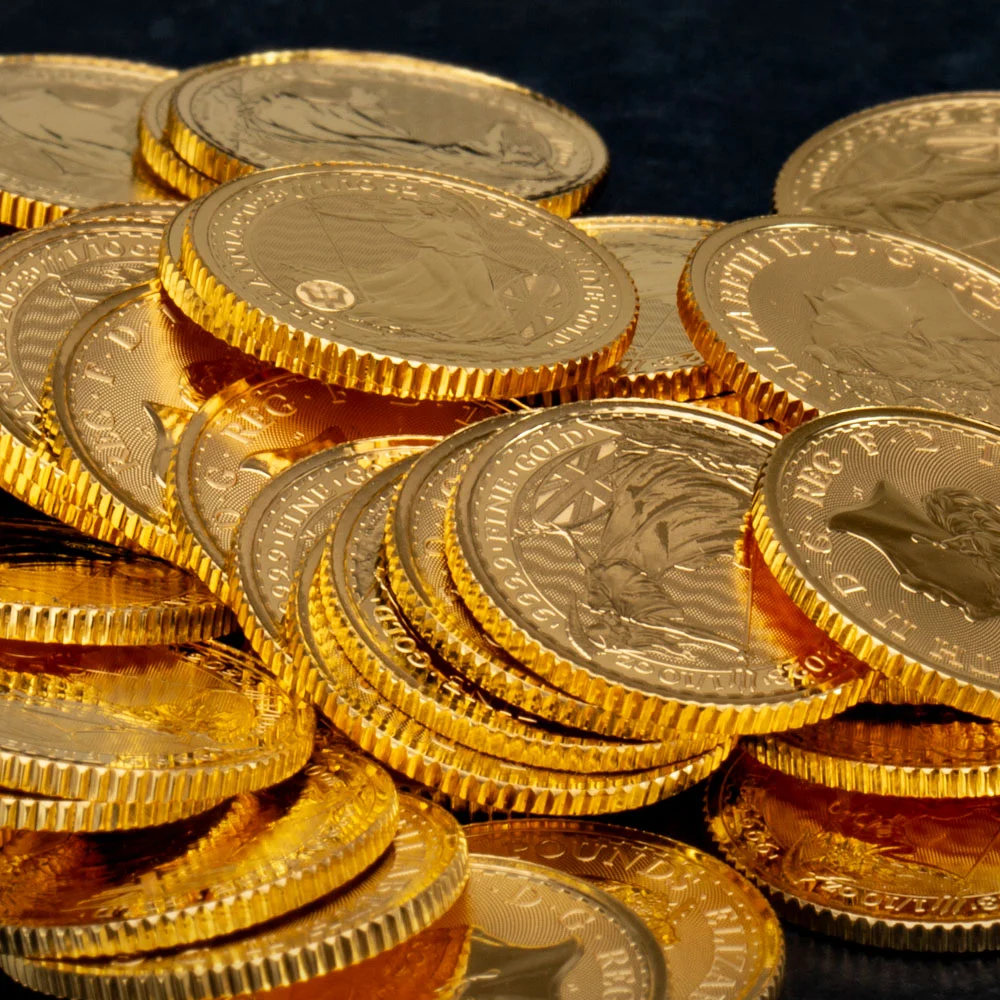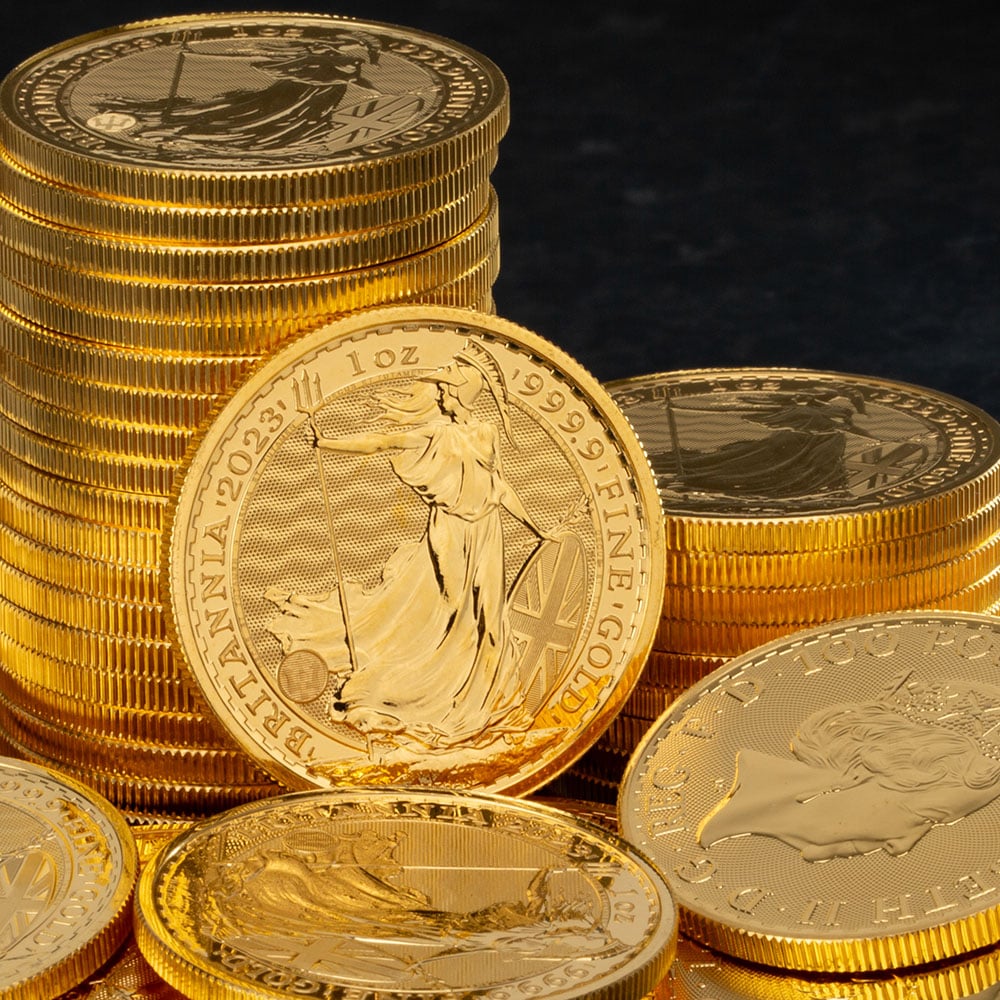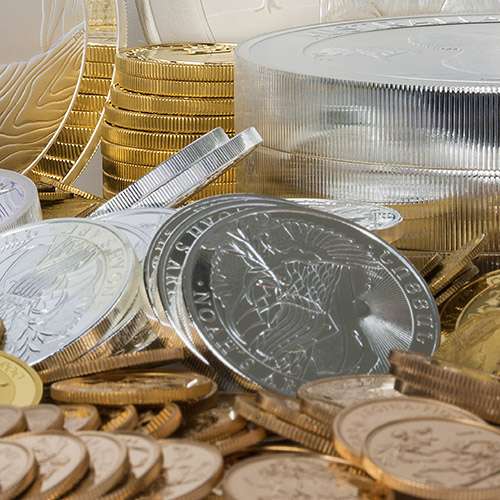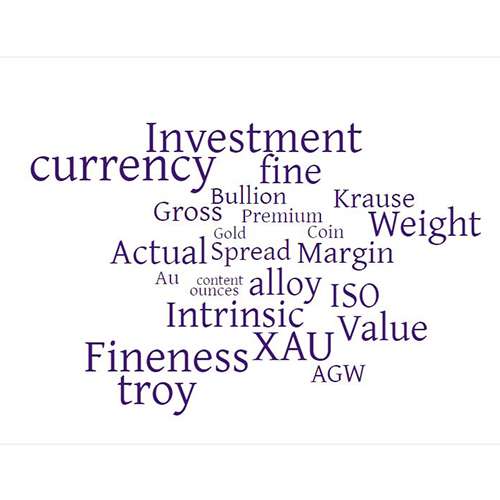The Correlation Between Gold Price and Interest Rate
Synopsis
The relationship between interest rates and gold prices is inverse, with a rise in interest rates leading to a decrease in gold prices and vice versa. This is due to gold's status as a safe haven asset and the influence of central banks like the Bank of England and the Federal Reserve on the gold market. Other factors like inflation and economic uncertainty also impact the relationship. Understanding this relationship provides valuable insights into the economic landscape and the performance of various assets.

The Correlation Between Gold Price and Interest Rate
A highly sought-after commodity for centuries, gold has played a crucial role in various forms of currency. Its value is influenced by a plethora of factors, including inflation, geopolitical events, and interest rates. The latter holds significant importance as changes in interest rates can greatly impact the demand for gold. Understanding the correlation between gold price and interest rate is imperative, as it provides valuable insights into the economic landscape and the performance of various assets.

The Historical Gold Price and Inflation Relationship
The value of gold in a particular currency is referred to as its gold price, expressed in terms of pounds per ounce. On the other hand, the interest rate refers to the rate at which a central bank lends money to financial institutions and serves as a significant economic indicator, reflecting the cost of borrowing and the overall level of economic activity. The inverse relationship between gold price and interest rate is well-established, with higher interest rates typically leading to a decrease in gold prices, and vice versa.
This relationship is due to gold's status as a safe haven asset and its tendency to rise in value when investors seek refuge from economic uncertainty. When interest rates are high, investments in bonds and fixed-income securities become more appealing, decreasing demand for gold. Conversely, when interest rates are low, returns on these investments decrease, leading to an increase in demand for gold.
Bank of England's Effect on Gold with Raising Interest Rates
The Bank of England, one of the world's most influential central banks, has a considerable impact on the gold market through its interest rate policies. A rise in interest rates increases the cost of borrowing, leading to a decrease in demand for gold and a corresponding decrease in its price. Historical data suggests that the Bank of England's interest rate hikes have had a notable impact on the gold market, with a prime example being the 2006 hike from 4.75% to 5.25%, which resulted in a decrease in the price of gold. However, it is crucial to consider other factors such as inflation and economic uncertainty in determining the price of gold.
.jpg)
Fed Rate Effect on Gold
The Federal Reserve, also known as the Fed, holds a significant impact on the gold market through its interest rate policies. Similar to the Bank of England, a rise in interest rates by the Fed increases the cost of borrowing, leading to a decrease in demand for gold and a decrease in its price. Historical data supports the Fed's impact on the gold market, with the 2015 interest rate hike, the first in nearly a decade, resulting in a decrease in the price of gold. Again, it is essential to consider other factors such as economic uncertainty and geopolitical events in determining the price of gold.

The Ongoing Evolution of the Relationship
It is clear that interest rates play a crucial role in determining the price of gold. The inverse relationship between gold price and interest rate is well established and can be explained by various theories, including the opportunity cost of holding gold, inflation, and economic uncertainty. The policies of central banks such as the Bank of England and the Federal Reserve also have a significant impact on the gold market. When interest rates increase, the cost of borrowing money rises, leading to a decrease in demand for gold and a decrease in its price. On the other hand, when interest rates decrease, the cost of borrowing money decreases, leading to an increase in demand for gold and an increase in its price.
The Only Bullion Dealer Mailing List You Need
Chards Mailing List is the ultimate mailing list for bullion dealers that customers need to be on if they are interested in investing in precious metals. Our mailing list is the only one you'll ever need to stay informed about the latest deals, special offers, and product releases. We keep our subscribers updated on everything from investment-grade bullion to rare and collectible coins. By signing up for our emails, customers will never miss out on any fantastic deals or exciting news in the bullion market. Our mailing list is an essential tool for those looking to stay informed and make informed investment decisions.
Interested in signing up today? Sign up to our mailing list and follow us on Instagram, YouTube, Facebook, TikTok and Twitter for coin news.

Related Articles
This guide and its content is copyright of Chard (1964) Ltd - © Chard (1964) Ltd 2024. All rights reserved. Any redistribution or reproduction of part or all of the contents in any form is prohibited.
We are not financial advisers and we would always recommend that you consult with one prior to making any investment decision.
You can read more about copyright or our advice disclaimer on these links.






